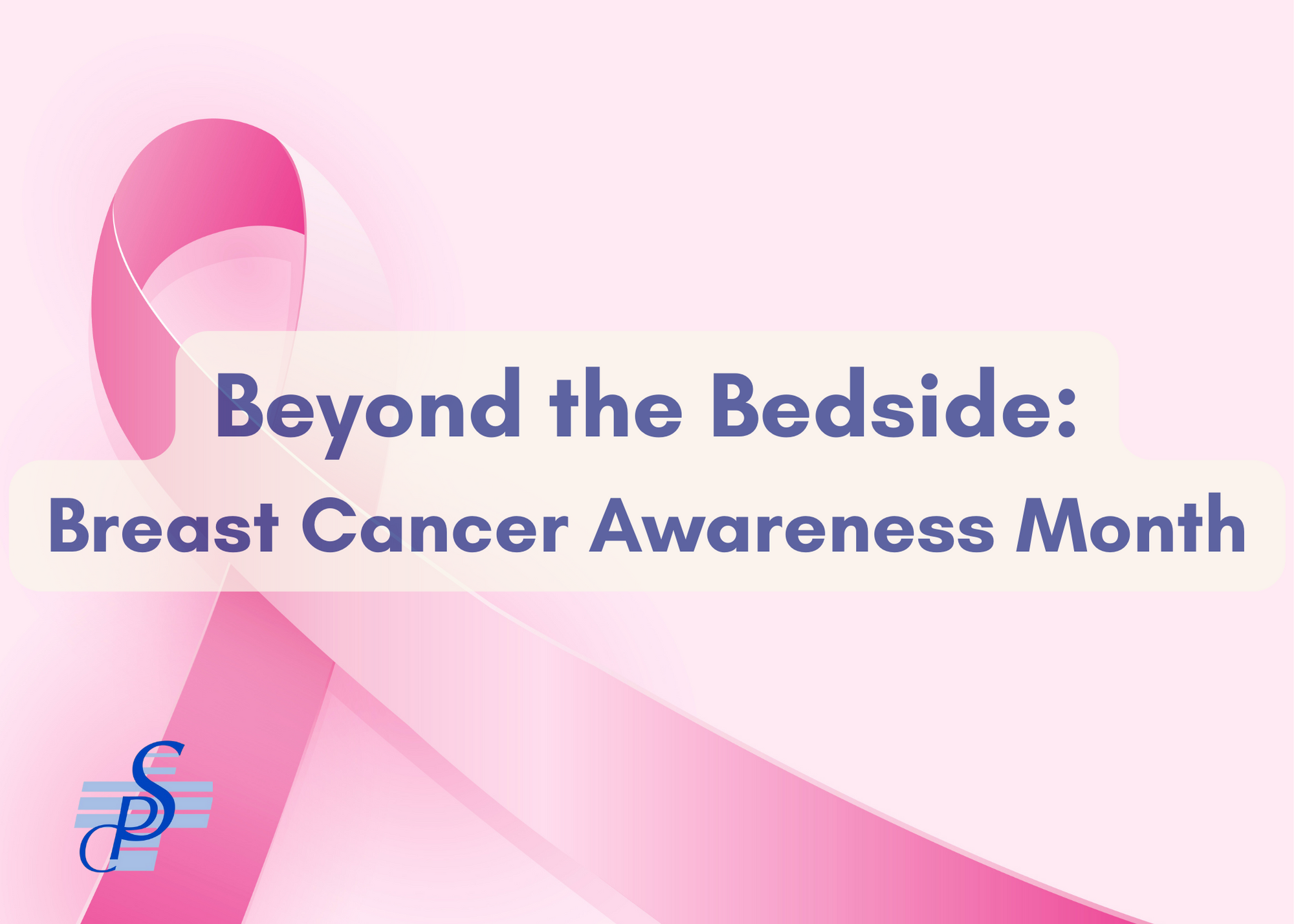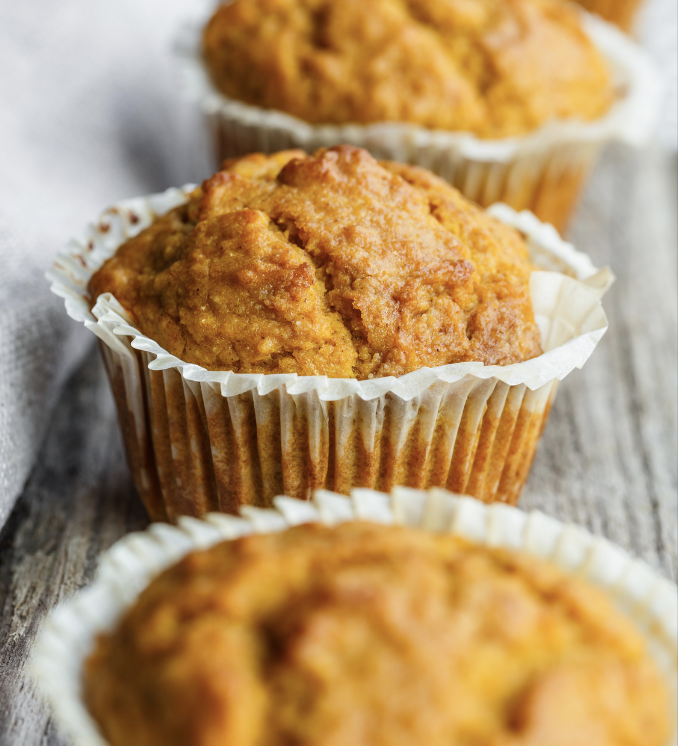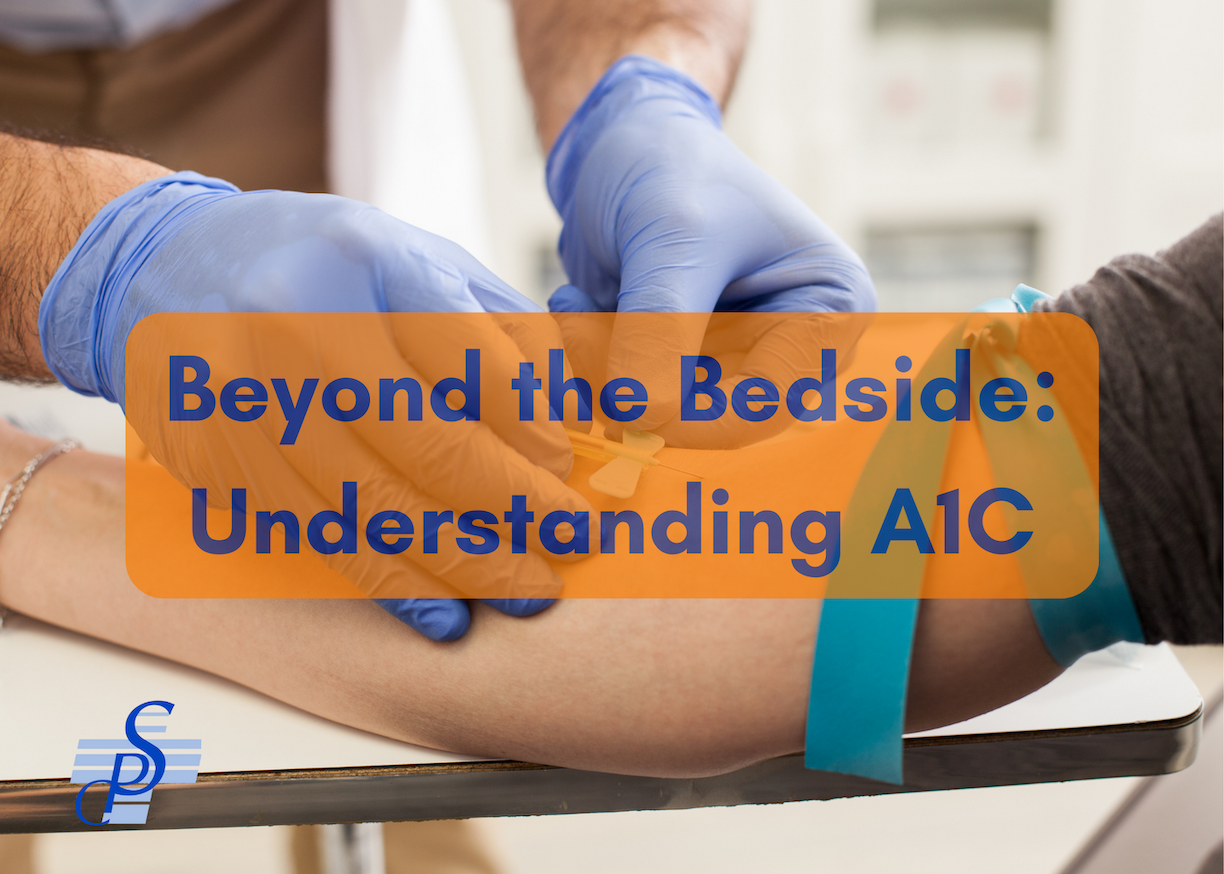Phil’s Deli Angel Tree
This holiday season, we're excited to continue sponsoring the Salvation Army Women & Children's Shelter and the S.H.I.P. Program, which helps women and their children transition into their own homes out of homelessness. For those who are interested in contributing: Take an angel from our tree at Phil's Deli and select the items on the tag.Bring those items back to us, unwrapped, in a gift bag with the tagattached (only new items please).Gifts must be returned to Phil's Deli no later than Friday, December 8th• As always, we sincerely appreciate the support of our generous patrons and community. Thank you! ...







